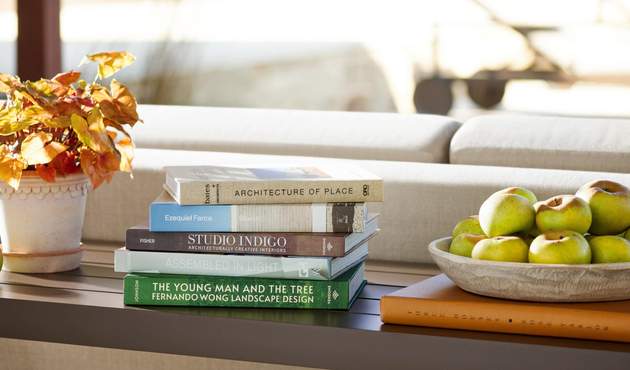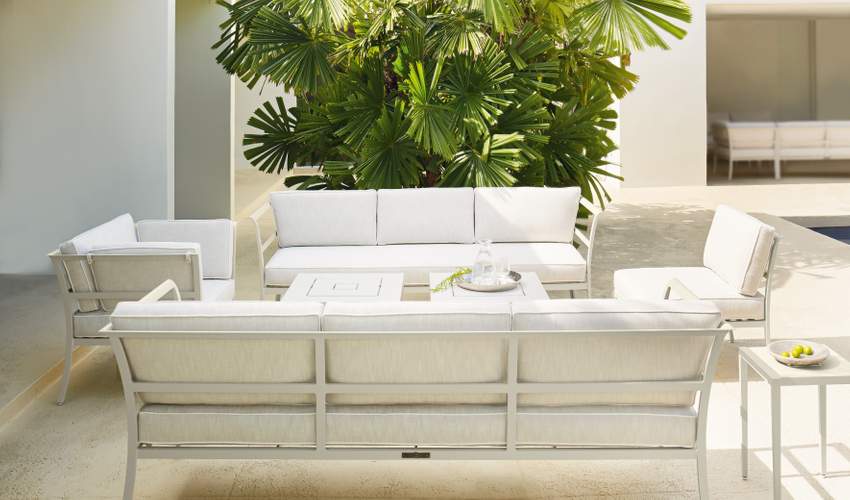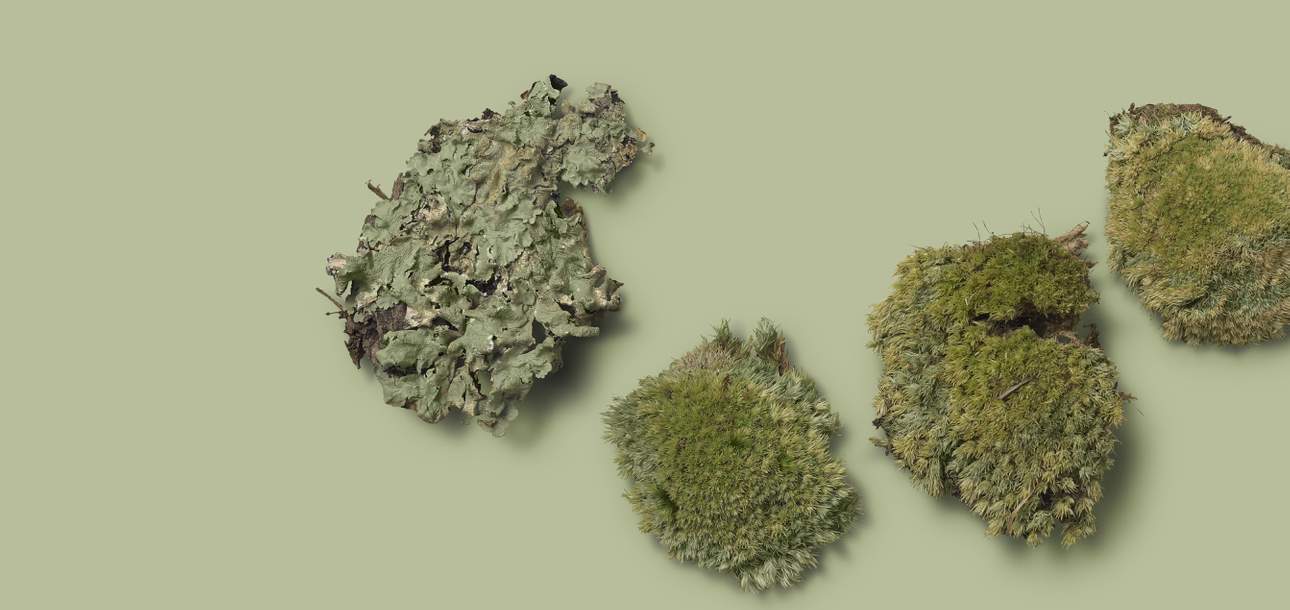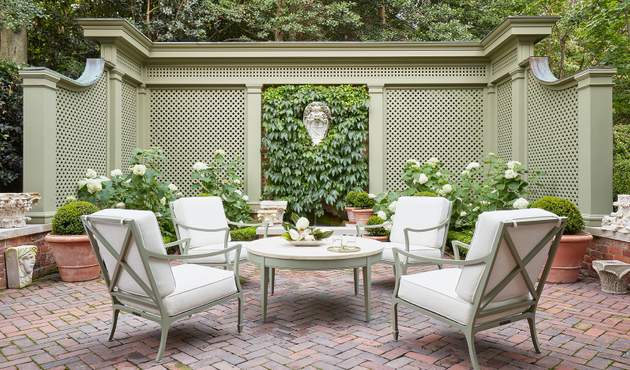

Setting New Standards in Outdoor Furniture Design
Leading up to our 30th anniversary, we are celebrating the most revolutionary moments of McKinnon and Harris so far.
OFTEN IMITATED, NEVER REPLICATED
For decades, McKinnon and Harris has been a leader in outdoor furniture design. Conglomerates have often attempted to recreate our collections – thankfully, our clients discern the difference between the authentic and an imposter. In lieu of looking to other industry brands for design inspiration, co-founders and siblings Will and Anne have always turned to pieces from the past to spark their creative process: personal antique collections, English garden furniture, books, museums, and auctions. They have examined hundreds of pieces to understand what is, and what isn’t, enduring craftsmanship.


Their quest began with the aim of designing a timeless aesthetic that referenced classical furniture, but was transitional. The furniture would be heirloom quality, enjoyed by generations, resisting the whims of trend and the passage of time. Every piece needed to be a design chameleon in that it could fit a traditional setting as well as in a modern, contemporary one.


A DISTINCTIVE PALETTE
The McKinnon and Harris color palette was another departure from the usual. Outdoor furniture was typically painted white, black or dark green. There were few color choices 30 years ago. Influenced by their artist mother’s intuitive approach to color, the distinctive colors of the McKinnon and Harris palette are drawn directly from nature, like a plein air painter. Warm and cool primary colors are mixed with earth tones. Drawing on their native roots, Will and Anne have named many finish colors for storied places in the Commonwealth of Virginia. The McKinnon and Harris palette complements landscapes all over the globe.

Gloucester Gray, a sophisticated mid-tone, was an unusual finish color for the market during its early-2000s introduction. Named for the charming Tidewater village and Virginia county.

A subtle organic green, Locust Grove Lichen was inspired by a symbiotic lichen found upon old stones and treasured trees that have enveloped Anne’s home for centuries.



